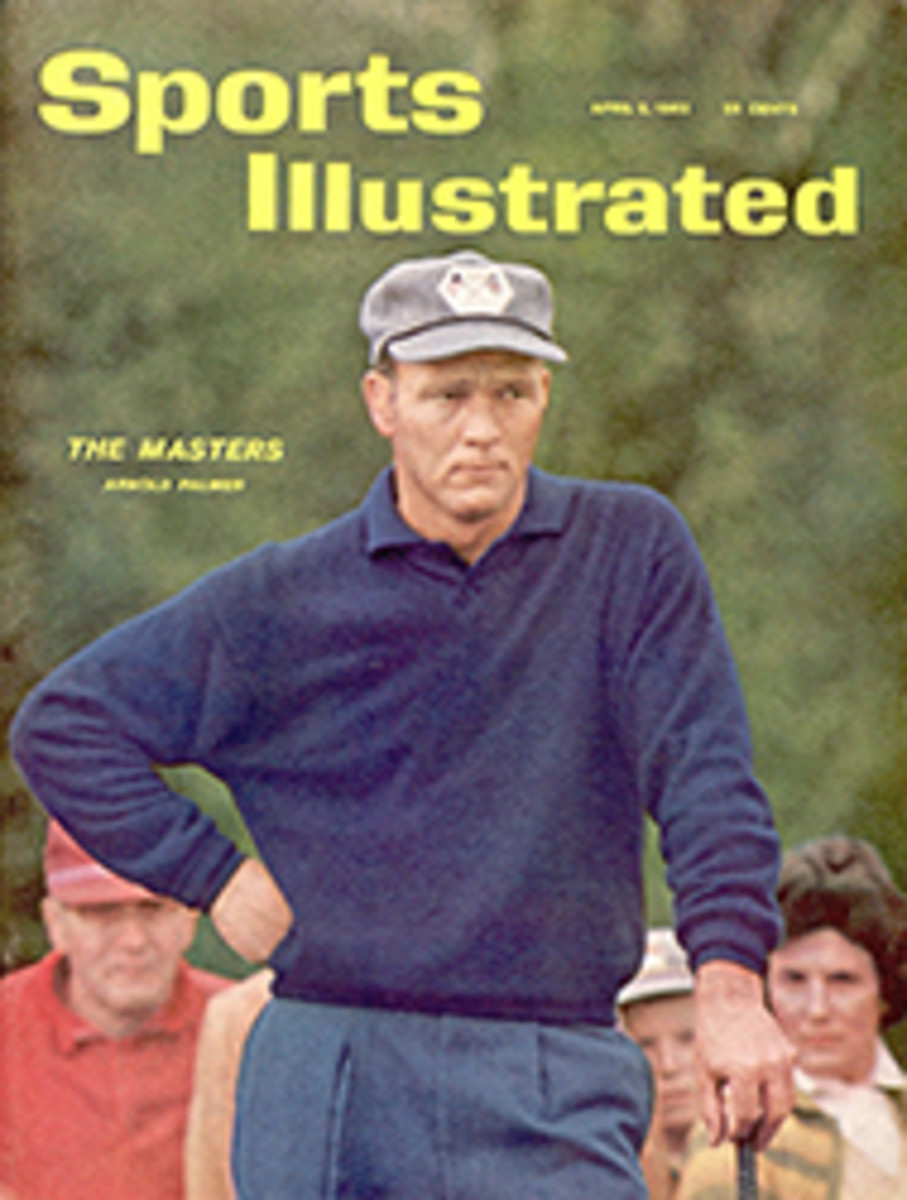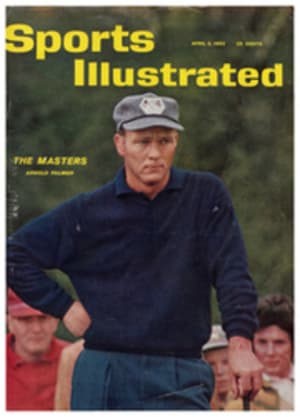
Watch, learn and punch
When you are in the fortunate position of being able to watch an opponent hit to the green first, whether in match or stroke play, be alert to take full advantage of the opportunity. Try to determine what club he is using, observe the flight of the ball and what happens to it when it lands. It was just such close attention to Charlie Coe's approach shot to the very last green that helped me win the 1959 National Amateur at Broadmoor. On the 36th hole of our final-round match both Charlie and I had driven perfectly. I was six feet ahead of him, however, so it was up to him to hit first. Using an eight-iron, Charlie hit what appeared to be an excellent shot right at the pin, placed at the rear of the green. But the ball didn't take well on the unexpectedly hard green, and it bounded over the back edge. I actually had an eight-iron in my hand too before I saw how hard the green was. I put it away and switched to a nine-iron. With this club I hit a low punch shot, playing the ball to land on the front of the green and roll to the back. It did exactly that, stopping eight feet from the cup. To play this punch-and-run shot correctly the ball should be positioned back near the right foot. The face of the blade should be square to the target and kept that way as much as possible throughout the swing. At impact the hands do not roll over but lead the club through and out toward the target. Charlie hit a beautifully delicate little pitch back that almost went into the cup, but I then proceeded to hole my eight-footer and win the championship. If I had been first to hit to the green, or had not paid such close attention to Charlie's shot, the result probably would have been different.
TWO ILLUSTRATIONS
FRANCIS GOLDEN
Following through on punched short-iron shot, Nicklaus' hands do not rollover but move out toward target.

